News & Community |
Sowing & Planting Season
James Loughran talks us through sowing and planting season 2021, from soil preparation, weather conditions and expectations for fertiliser application.
James Loughran talks us through sowing and planting season 2021, from soil preparation, weather conditions and expectations for fertiliser application.

A cold and dry month of February allowed for some early soil preparation and for ploughing to be carried under excellent conditions. This helped soil to dry out under the spring sunshine and the occasional frost helped to break down lumps and clods making later cultivation work easier. Sowing got off to an early start on March 6th on coastal soils and the initial portion of our spring sown barley crops were planted about 10-14 days ahead of normal.
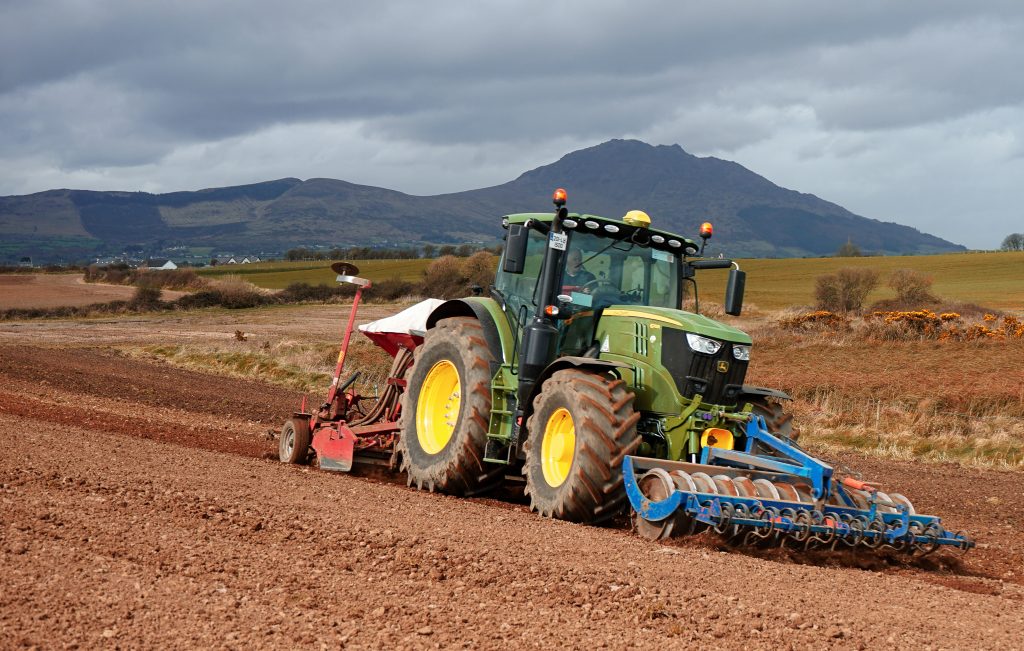
Unfortunately, the changeable spring weather meant that these ideal conditions did not last and sowing was halted for a period around the middle of March. Weather conditions improved from March 26th and sowing resumed at this point and moved onto more inland fields mostly made up of soils of the Ballylanders series and Clonroche series.
These soils, while having significant quantities of fine loam, also contain reasonable amounts of siliceous stones and shale stones which help with drainage, and generally allow early sowing in the spring time. Since then weather conditions have been relatively favourable with occasional rainfall, however temperatures have been low and soil temperatures are slow to rise. This has meant that some of the heavier soil types made of fine loan, such as those found in the Faoldraim series, have been slower to dry out and, so, despite the early start, we have only completed our sowing campaign today, April 15th.
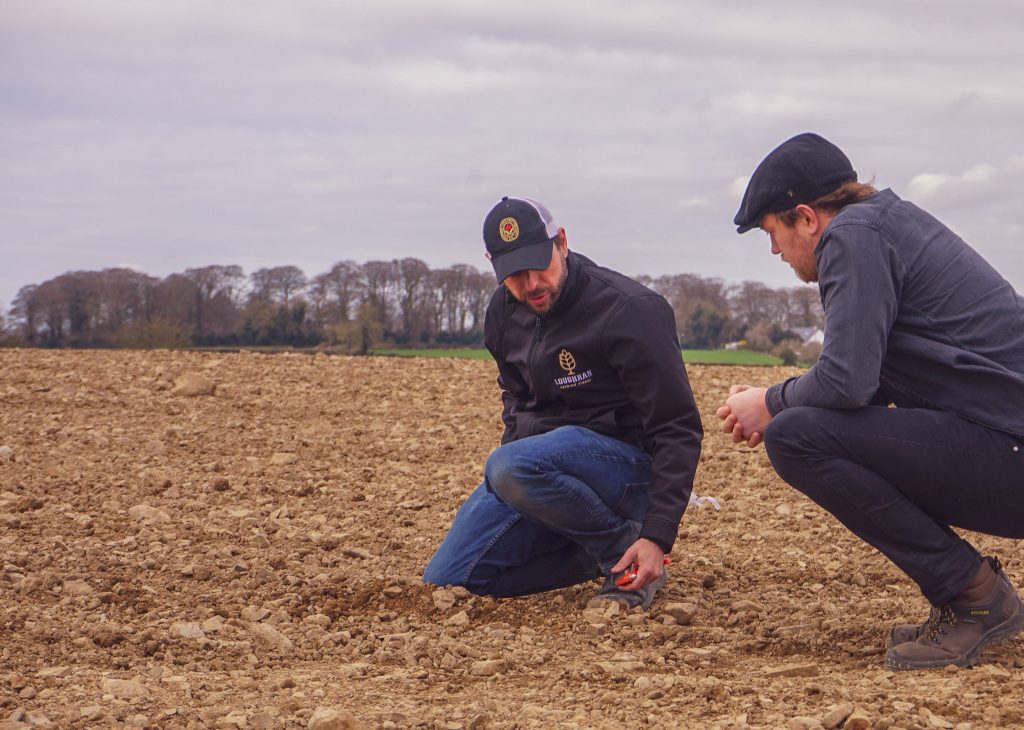
Barley varieties this year have included SY Splendour, Prospect and SY Errigal. All seed used has been certified by the Irish Department of Agriculture as being free from pests, diseases and of excellent quality. Sowing rates varied from 170kg/ ha to 210kg/ha depending on individual variety and field conditions at time of sowing, however a calibrated sowing rate is vital to achieving our target plant population of 350 plants per m2. Different varieties allow for different harvesting dates, differing levels of susceptibility to disease and different rates of maturity. This is crucial for helping to spread work load and manage risk.
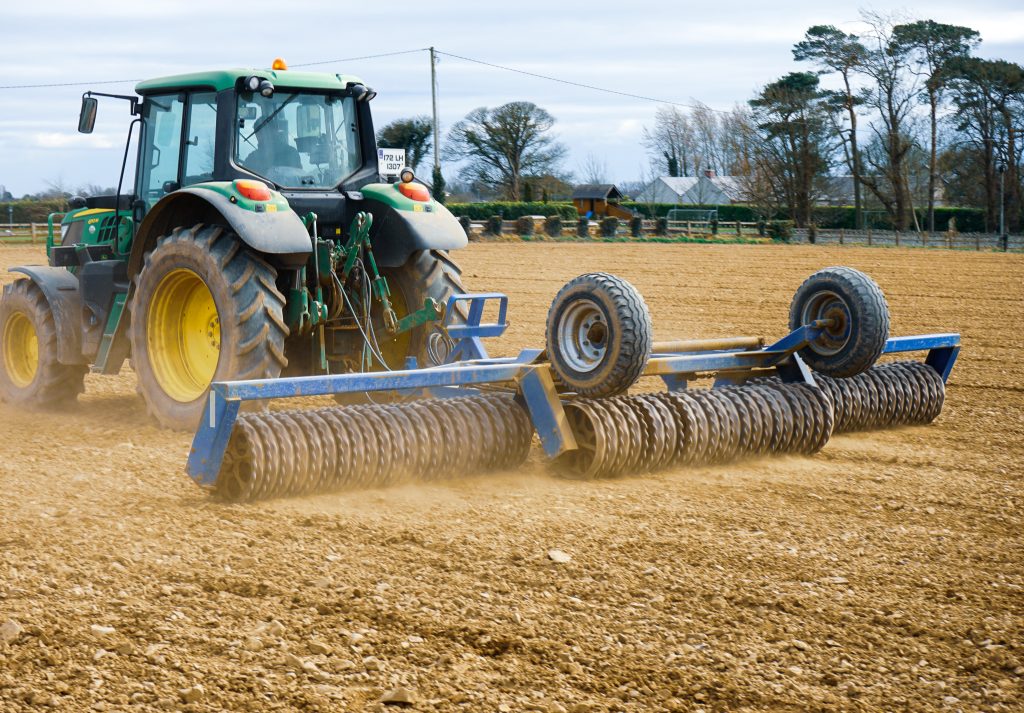
In addition to spring barley, we were able to sow some spring oats in excellent conditions. These were sown into soils of the Straffan series which is a particularly fine loam over limestone. As such it tends to slow to dry in the spring time, but has excellent water retention capacity which often pays dividends during dry summers. The variety selected this year was Husky. Husky is a ‘white’ hulled spring oat which matures early, meaning that Husky is an ideal variety choice when timeliness of harvest can be critical. Husky is known to have very good grain quality with a particularly good kernel content and very good specific weight. These are excellent characteristics to have in a grain destined for distilling.
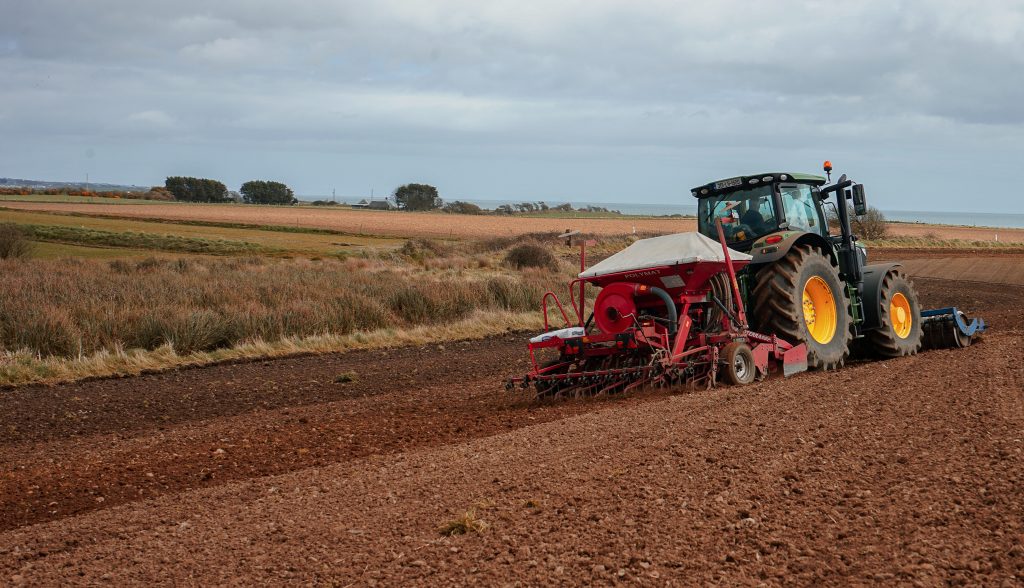
We expect to complete fertiliser application over the coming 14-21 days depending on the weather and speed of emergence. If soil temperature improve and plants emerge faster than expected we may have the opportunity of getting fertiliser out earlier then expected. It is important that fertiliser applications are not delayed for spring sown crops as the plants develop very quickly during the first 100 days of their lifecycle and any lack of nutrients will have a negative impact on grain quality at harvest.
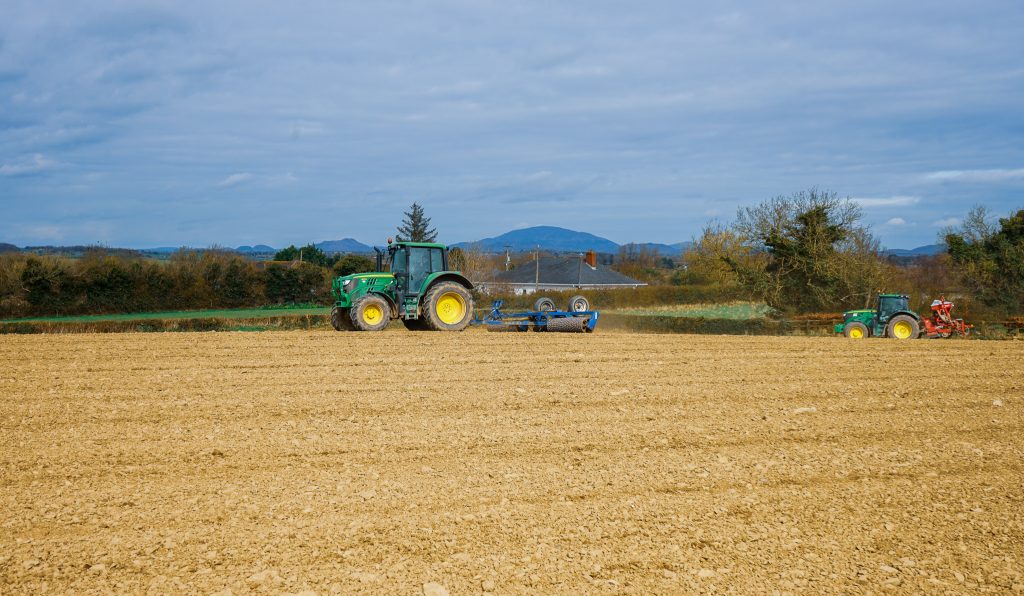
We look forward to the rest of the growing season with a great enthusiasm. A lot will happen in the next 100 days and we will keep you posted as best we can!